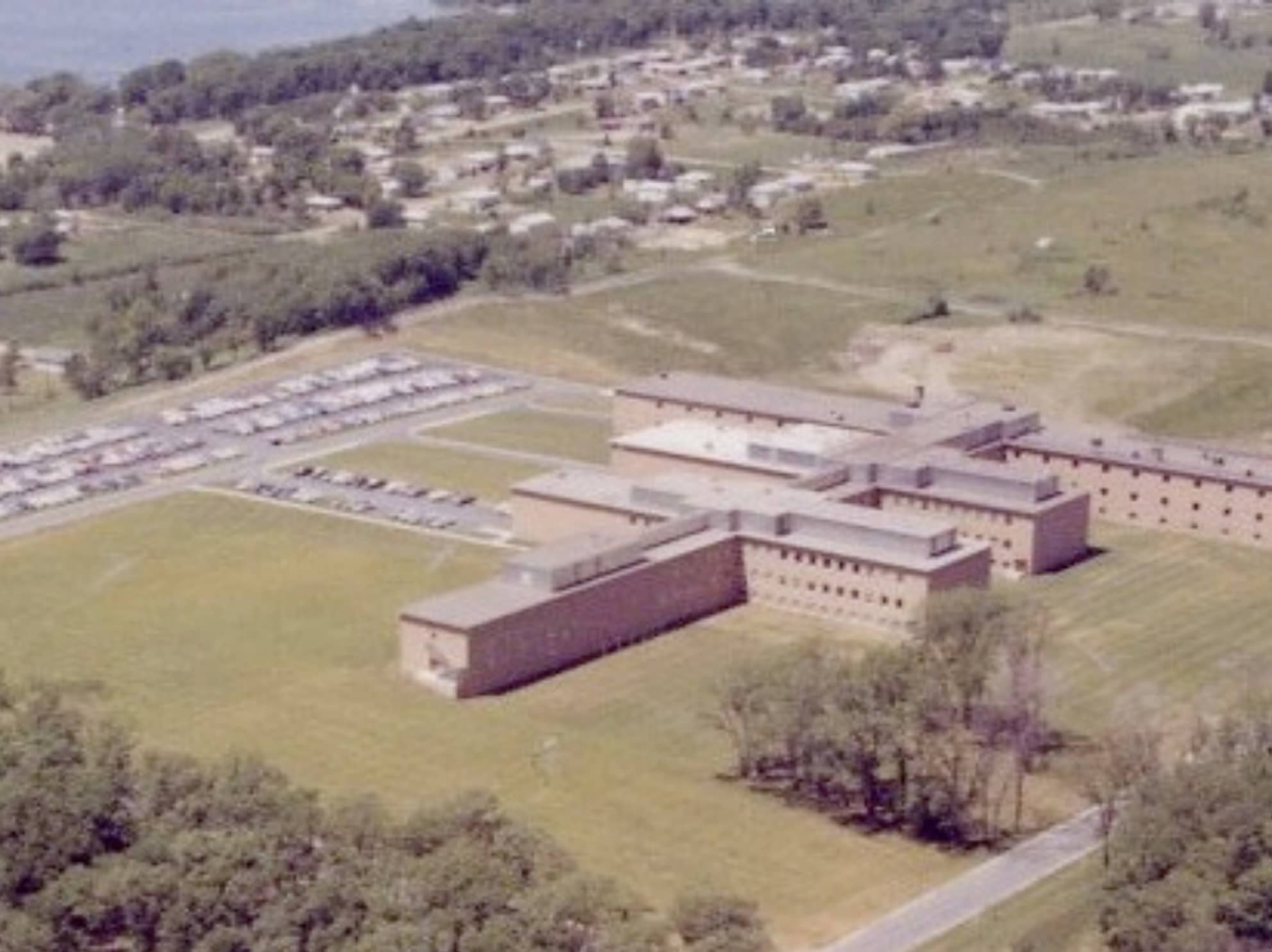
Where ideas turn into beloved brands
Hidden a bit from its neighbors, up its curvy entrance road along the side of a heavily-wooded hill, lies “JFB” – as it’s known by General Mills employees. It’s been there, on a former farm pasture, for over 60 years now.
The research complex welcomed its first group of 75 scientists, technicians and service staff in December 1960.
Many of the brands you’ve had in your home – and still do today – came from the minds of the innovative people who have worked inside JFB over the last 60 years.

How JFB started
In 1956, General Mills purchased the 112-acre site for what would become The Central Research Laboratories of General Mills, in the middle of several farms and the beginnings of new residential developments east of what is now Highway 169, and north of Plymouth Avenue. It also was just a mile or so north of the new “Main General Office” of General Mills (which had just relocated from downtown Minneapolis).
The new research facility almost ended up a half-hour away. The company had purchased land north of Anoka, Minnesota. But that site that ultimately was viewed as a challenge for our research staff because of its distance from Minneapolis and our new headquarters.
So Arthur D. Hyde, vice president for Research, and Warren B. Wade, began searching for a new location. They stumbled onto the available farmland in Golden Valley, which at one time was meant to be home to a Catholic high school (Holy Angels Academy, which ended up choosing a site in Richfield, Minnesota).
The location was considered an ideal replacement for the company’s existing research facilities, because of its essential city and community services of utilities, transportation and communications infrastructure.

JFB’s design and construction
The campus-like appearance of the first buildings in the complex was designed by a New York architectural firm, Voorhees, Walker, Smith, Smith & Haines. It had an attractive brick exterior, over long-span structural steel and concrete.

To preserve the natural beauty of the wooded site, a cylindrical 200,000-gallon water reservoir was placed underground. When the first phase of construction was completed, there were no houses on nearby Flag Avenue and only one off Boone Avenue, and a winding dirt road led up to the complex.
The initial construction had a central stem and wings expanding from it. The building was designed to be completed in three phases and allow for easy expansion of additional wings.

The interior of the initial building at was planned in standardized modules so laboratories and offices could be easily moved to accommodate the ever-changing needs of research.

Laying the cornerstone
“Here we shall endeavor to fulfill our growing obligations in a new and changing world of technological progress directed to the welfare and benefit of many.” – James Ford Bell, March 10, 1960.
It’s fitting that James Ford Bell spoke at the “Topping Out and Cornerstone Laying Ceremony” for the new research facility in 1960.
In 1898, he had convinced our predecessor company, Washburn-Crosby, of the value of investing in a scientific program. This was one of the earliest research efforts of any flour milling company. Bell would later go on to create General Mills in 1928, and serve many years as company president and chairman.


However, Bell only visited the new Central Research Laboratories in Golden Valley one time before he passed away in 1961. Just a few months later, the facility was renamed the James Ford Bell Research Center of General Mills in tribute.
The cornerstone laid in 1960 included samples of 20 different General Mills products of the time, coins, business cards and predictions of food developments for the year 2060, such as the possibility of transforming ocean plant life into something as tasty as a sirloin steak.
With only 40 years to go, many of those predictions of the 1960s may not seem as farfetched as they once were.
Moving in
On December 19, 1960, as that first group of employees moved in, General Mills was no longer just a flour company and research had created nearly all the company’s products on the market.
In 1948, only six packaged foods were in stores. By 1958, there were 60. Additionally, products which did not exist 10 years prior accounted for a quarter of all sales for General Mills.
Research focused an intensified effort towards developing new nutritious foods, exploring opportunities for diversification, and improving products already on the market.
The standard of quality of the 1960s would be a steppingstone for the quality of today.
When the third phase of JFB’s construction was completed in 1966, more than 500 research personnel worked at the location in the 360,500 square feet of its laboratory space.

JFB today
Today, JFB houses several hundred employees working in its numerous offices, labs and pilot plants, researching and making food for people – and pets.
And as General Mills has grown, JFB has been expanded several times to keep up with the demand for innovation. Additional wings were added and other improvements were completed in 1974, 1983, 1987, 2000, 2014 and 2018.

It’s not all business at the facility, it also is known for the General Mills Research Nature Area – 57 acres left untouched to the north of JFB with walkways and trails that are open to the public.
Bell, an avid outdoorsman, would have appreciated that part of the complex, too.
